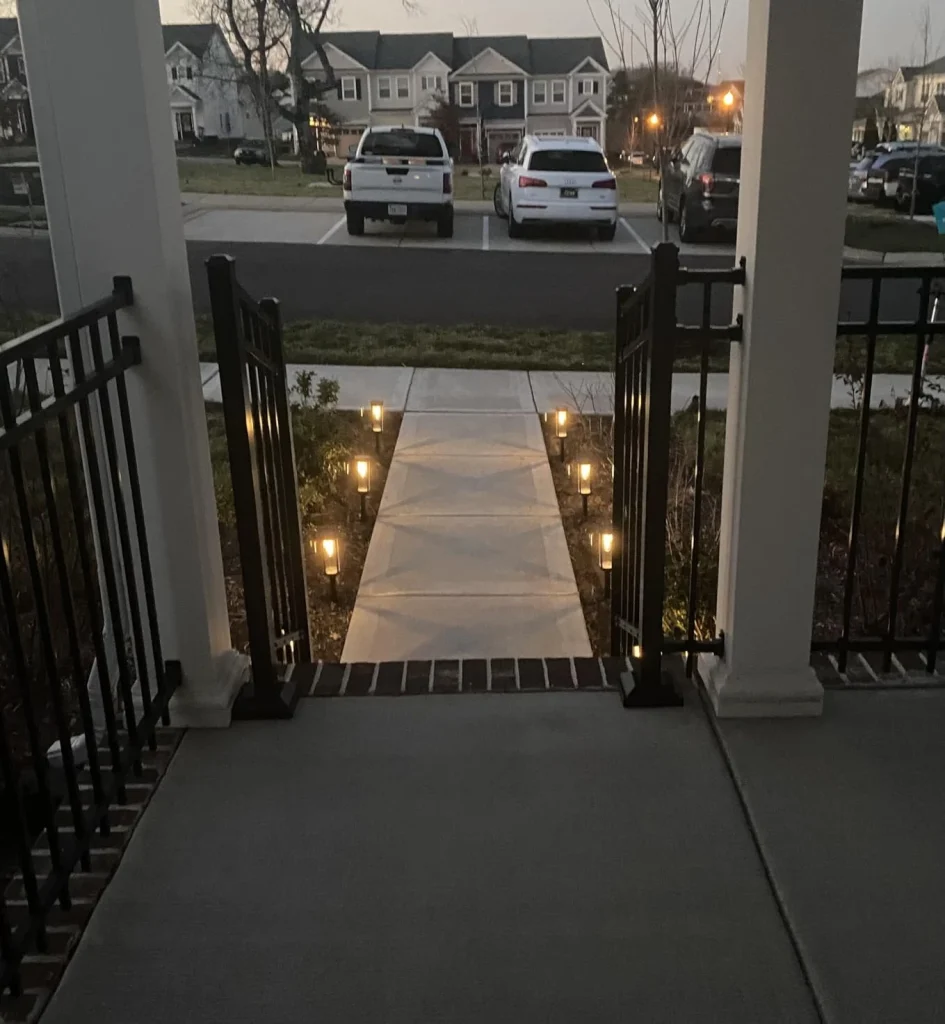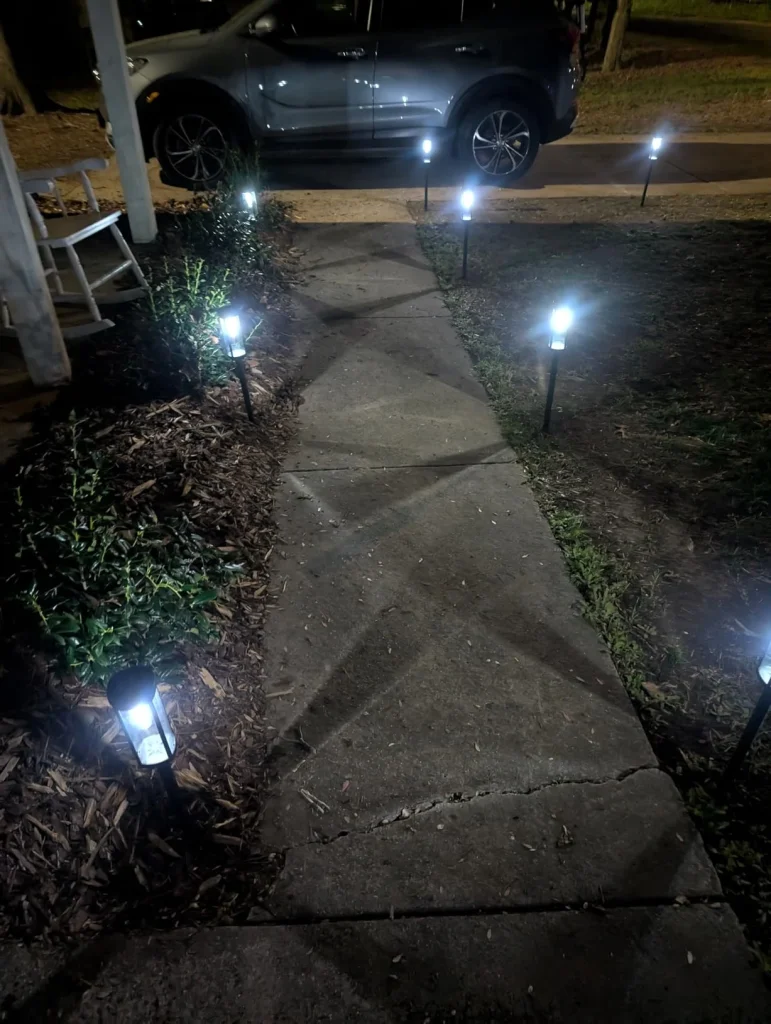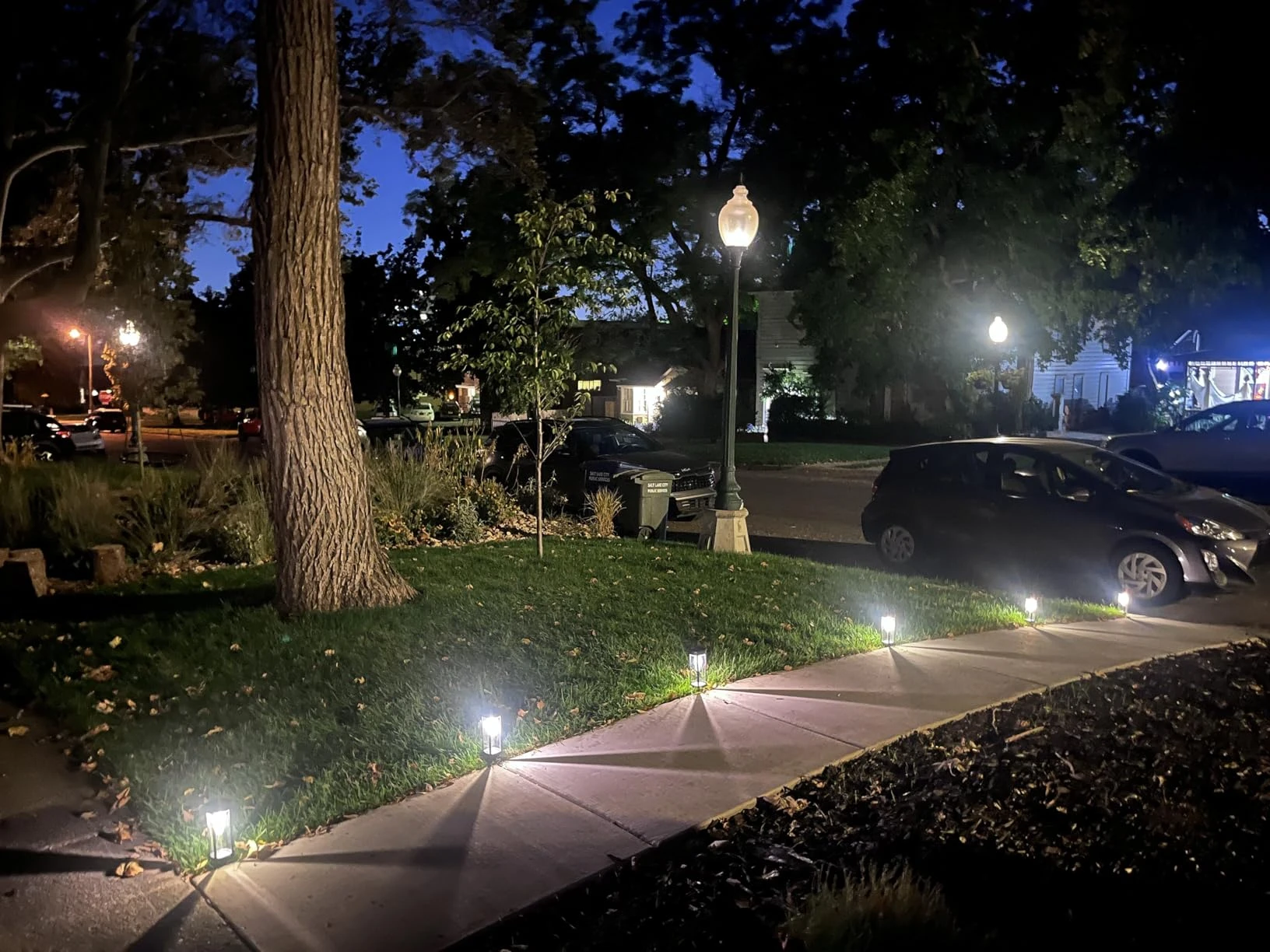As the world shifts toward sustainable energy solutions, Small Solar Lights have emerged as a cornerstone of Efficient Solar Lighting. These compact devices are revolutionizing outdoor illumination by combining cutting-edge technology with environmental responsibility. From gardens to pathways, their ability to deliver reliable, eco-friendly lighting stems from advanced components and intelligent design. This article delves into the technology powering Small Solar Lights, highlighting their efficiency and potential to transform the lighting landscape.

Core Technology Components of Small Solar Lights
Monocrystalline Solar Panels
At the heart of Small Solar Lights lies the Monocrystalline Solar Panels, known for their superior efficiency. These panels are made from a single crystal structure, allowing for high electron mobility and efficient conversion of sunlight into electricity. With conversion rates often exceeding 20%, Monocrystalline Solar Panels outperform other solar technologies, especially in low-light conditions. Their ability to generate power even on cloudy days ensures Efficient Solar Lighting, making them ideal for outdoor applications where reliability is key.
LED Lights
The illumination in Small Solar Lights comes from LED Lights, which operate on the principle of electroluminescence, producing light from electrical energy with minimal waste. LEDs are renowned for their low energy consumption, using up to 80% less power than traditional bulbs, and their long lifespan, often exceeding 50,000 hours. Their compact size and high brightness make LED Lights perfectly suited for small solar systems, delivering vibrant illumination for pathways, gardens, and more, while maintaining energy efficiency.
Long-Life Batteries
Power storage is critical for Small Solar Lights, and Long-Life Batteries, such as lithium-ion or lithium iron phosphate, ensure consistent performance. These batteries store energy captured by Monocrystalline Solar Panels during the day, releasing it to power LED Lights at night. Designed for thousands of charge-discharge cycles, Long-Life Batteries perform reliably in extreme temperatures and maintain capacity over years, ensuring uninterrupted lighting and enhancing the durability of Efficient Solar Lighting systems.
Reliability and Efficiency in Low-Light Conditions
Small Solar Lights excel in Low-Light Reliability thanks to intelligent light-sensing technology. Built-in sensors detect ambient light levels, automatically activating lights at dusk and adjusting brightness to conserve energy. This ensures consistent performance even during overcast conditions. Additionally, advanced energy management systems optimize the absorption, storage, and release of solar energy, boosting Weak-Light Efficiency. By prioritizing power allocation to LED Lights and minimizing waste, these systems maintain bright, reliable illumination in challenging environments.
Comparison with Traditional Lighting
Energy Consumption
When comparing Solar Lights vs Traditional Lighting, energy efficiency is a clear advantage for Small Solar Lights. Traditional incandescent or halogen lights consume significantly more power, often requiring 60-100 watts per bulb, while LED Lights in solar systems use as little as 5-10 watts for comparable brightness. This drastic reduction in energy use translates to zero electricity costs, making Efficient Solar Lighting a cost-effective choice for homeowners.
Cost Analysis
Over time, Small Solar Lights offer substantial savings. While initial costs may be comparable to traditional lighting, the absence of wiring, minimal maintenance, and no electricity bills result in significant cost savings. Traditional systems often incur high installation and operational expenses, whereas Small Solar Lights Installation is straightforward, and maintenance is minimal, reducing long-term financial burdens.

Environmental Impact
Small Solar Lights shine in their environmental benefits. With zero carbon emissions and no reliance on fossil fuel-powered grids, they align with sustainability goals. In contrast, traditional lighting contributes to greenhouse gas emissions through high energy consumption. The eco-friendly design of Small Solar Lights makes them a leader in Efficient Solar Lighting, minimizing environmental harm.
Performance and Durability
In terms of performance, Small Solar Lights demonstrate remarkable Low-Light Reliability and longevity. Unlike traditional lights, which may flicker or fail in adverse weather, solar lights with Long-Life Batteries and Monocrystalline Solar Panels maintain consistent output. Their weather-resistant design ensures durability, often outlasting traditional bulbs, which require frequent replacements.
Real-World Applications and Impact
Small Solar Lights Applications span a variety of settings, showcasing their versatility and effectiveness. In residential gardens, Small Solar Lights illuminate flower beds and pathways, enhancing aesthetics and safety. For example, a homeowner in a suburban neighborhood used Small Solar Lights to line a walkway, reducing tripping hazards and creating a welcoming ambiance. In public spaces, such as park trails or community centers, these lights improve visibility and security. User feedback highlights their ease of use and reliable performance, with many noting significant improvements in nighttime safety and visual appeal.
Installation and Maintenance Essentials
Installation Tips
Proper Small Solar Lights Installation is critical for optimal performance. Select locations with maximum sunlight exposure, such as south-facing areas free from shade, to ensure Monocrystalline Solar Panels capture ample energy. For pathway lights, insert stakes firmly into the ground, ensuring stability. Wall-mounted or hanging lights should be positioned to cover key areas like steps or entrances. No wiring is required, making Small Solar Lights Installation accessible for DIY enthusiasts. Always test light alignment post-installation to confirm coverage and brightness.
Maintenance Tips
Small Solar Lights Maintenance ensures long-term efficiency. Clean Monocrystalline Solar Panels monthly with a damp cloth to remove dust or debris, which can reduce charging efficiency. Inspect Long-Life Batteries every 6-12 months, replacing them if illumination weakens. Check LED Lights for signs of wear, especially after harsh weather, and replace faulty components promptly. Following a regular Small Solar Lights Maintenance schedule ensures consistent performance and extends system lifespan.
Conclusion
Small Solar Lights are a testament to the power of advanced technology in Efficient Solar Lighting. With Monocrystalline Solar Panels, LED Lights, and Long-Life Batteries, they deliver unparalleled efficiency and Low-Light Reliability. Their Weak-Light Efficiency ensures performance in diverse conditions, while their advantages over traditional lighting—lower costs, zero emissions, and superior durability—make them a smart choice. From Small Solar Lights Applications in gardens to pathways, their impact is undeniable. As technology advances, Small Solar Lights will continue to lead the way in sustainable, efficient, and reliable outdoor illumination, shaping a brighter, greener future.


Leave a Reply